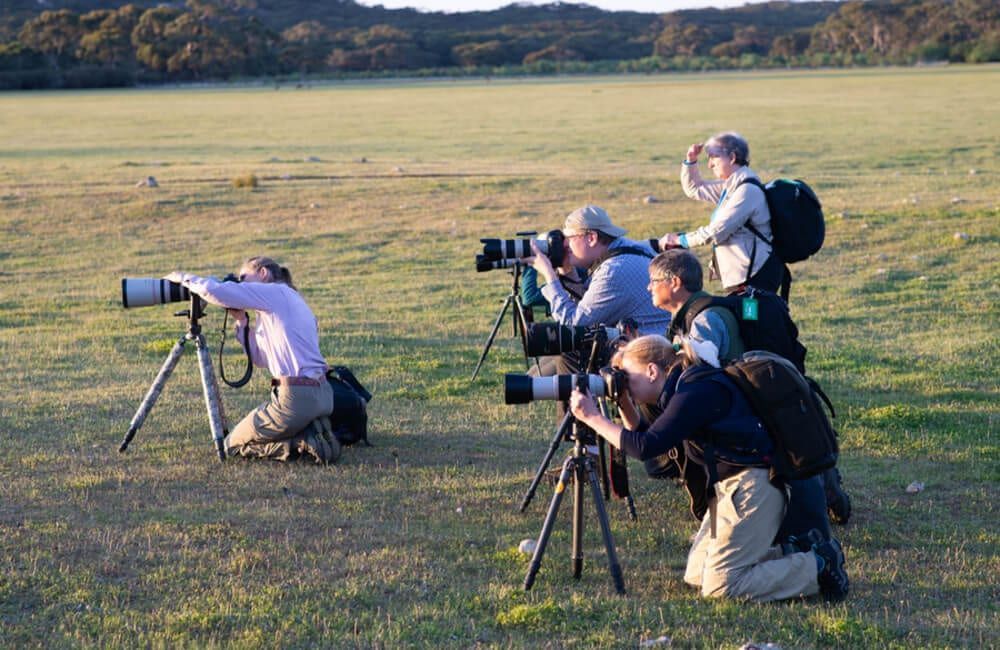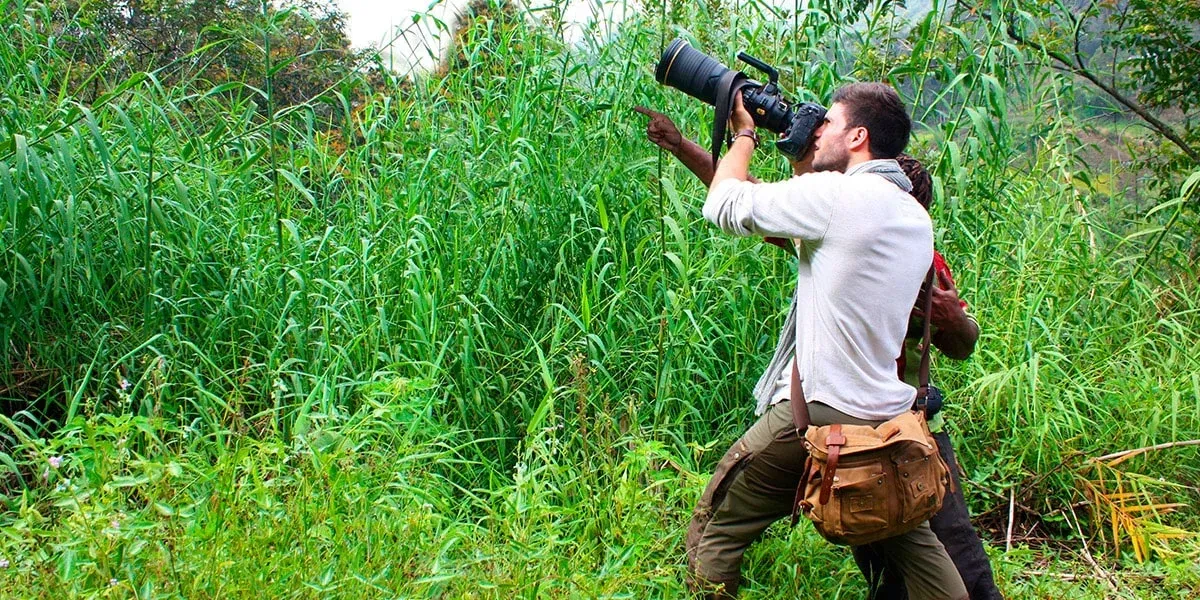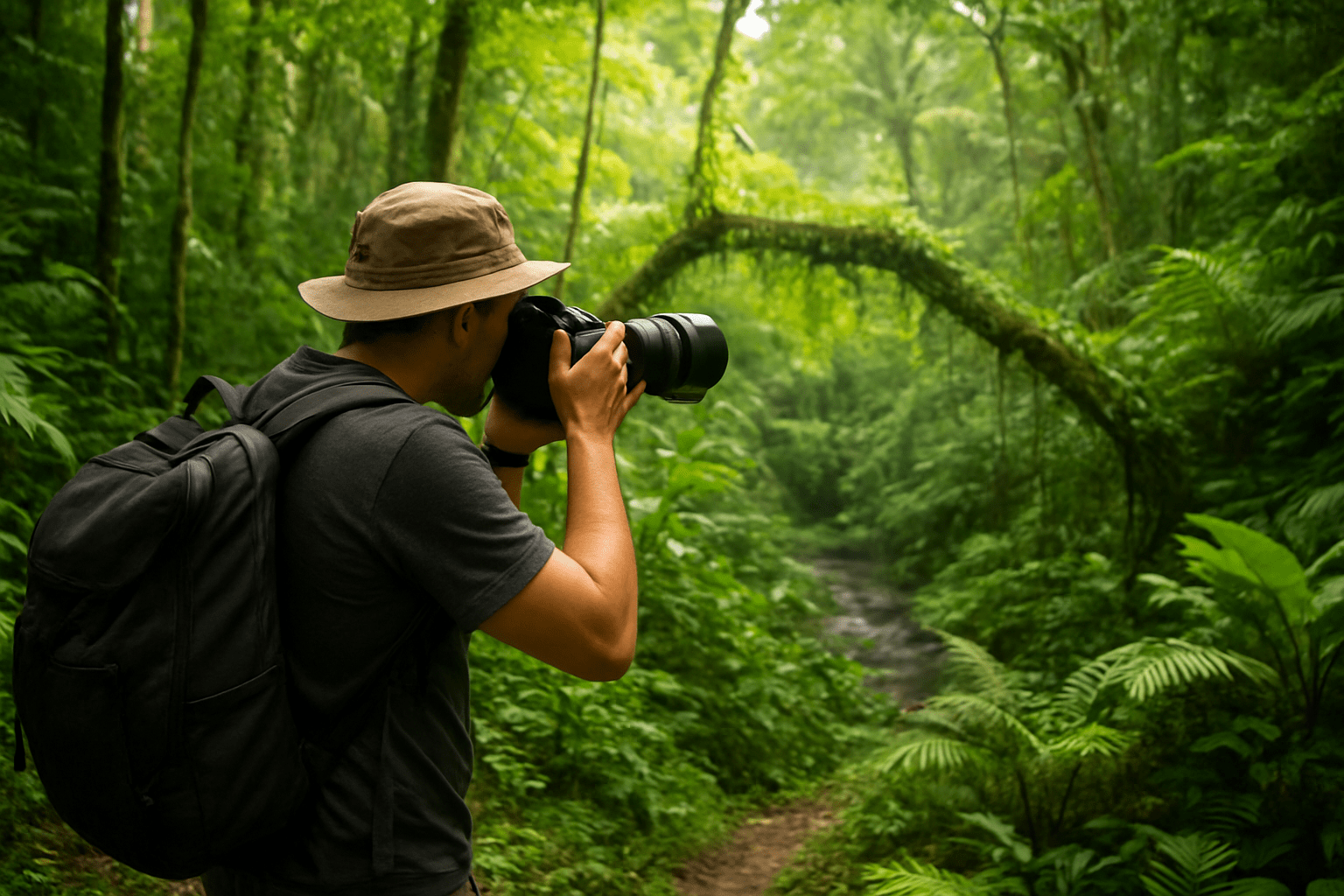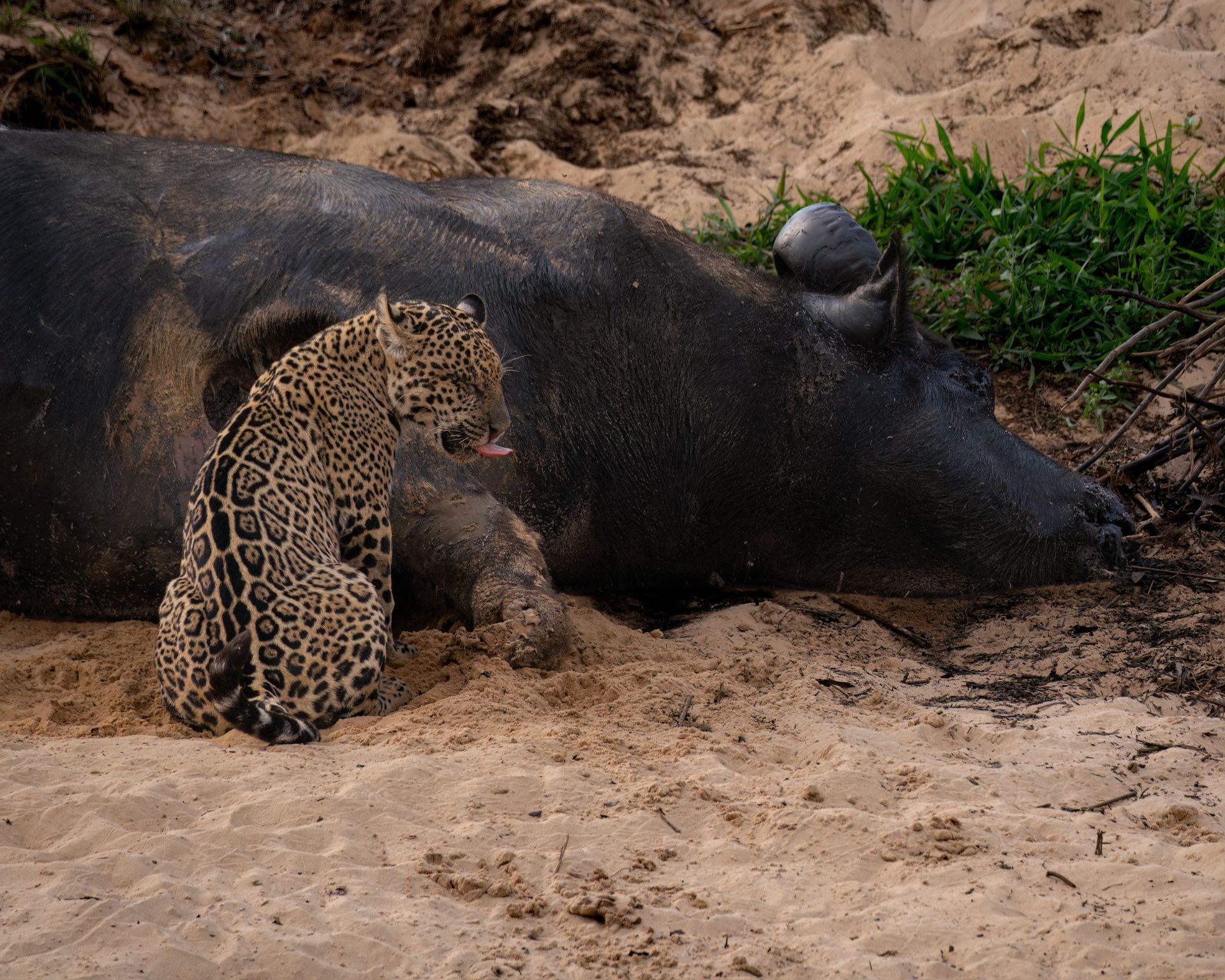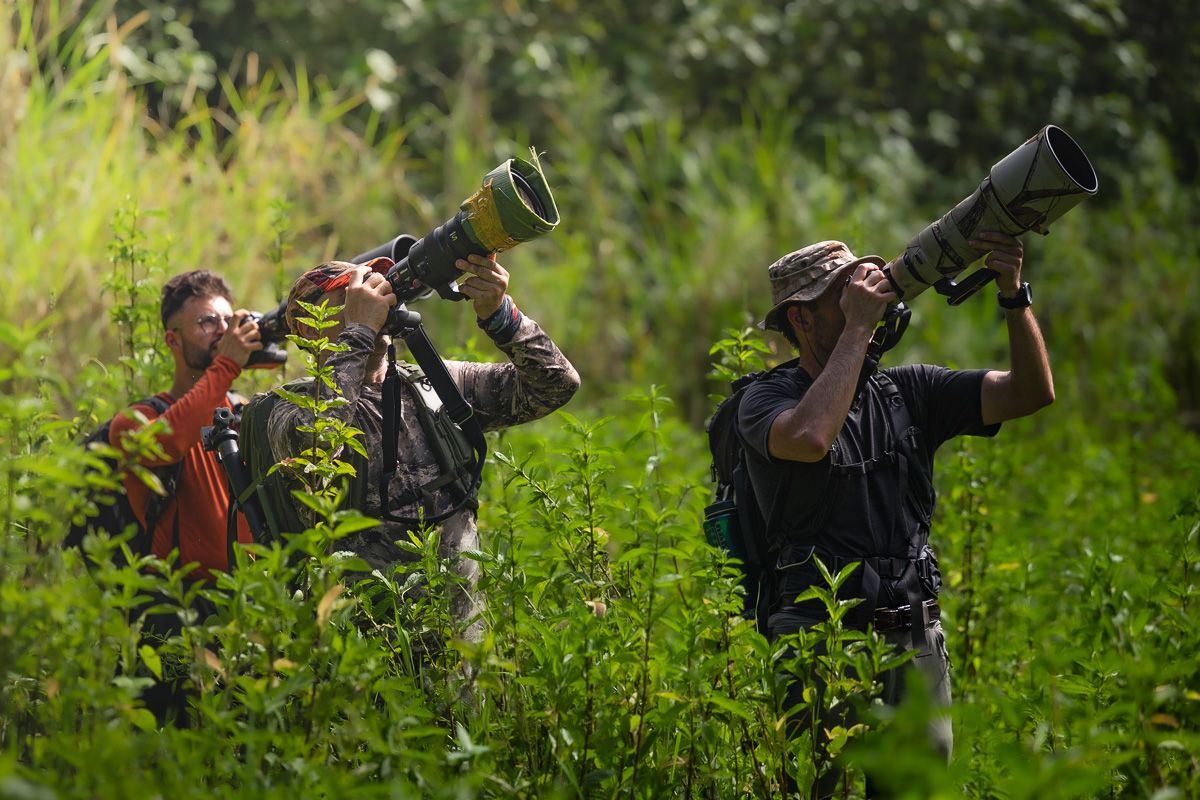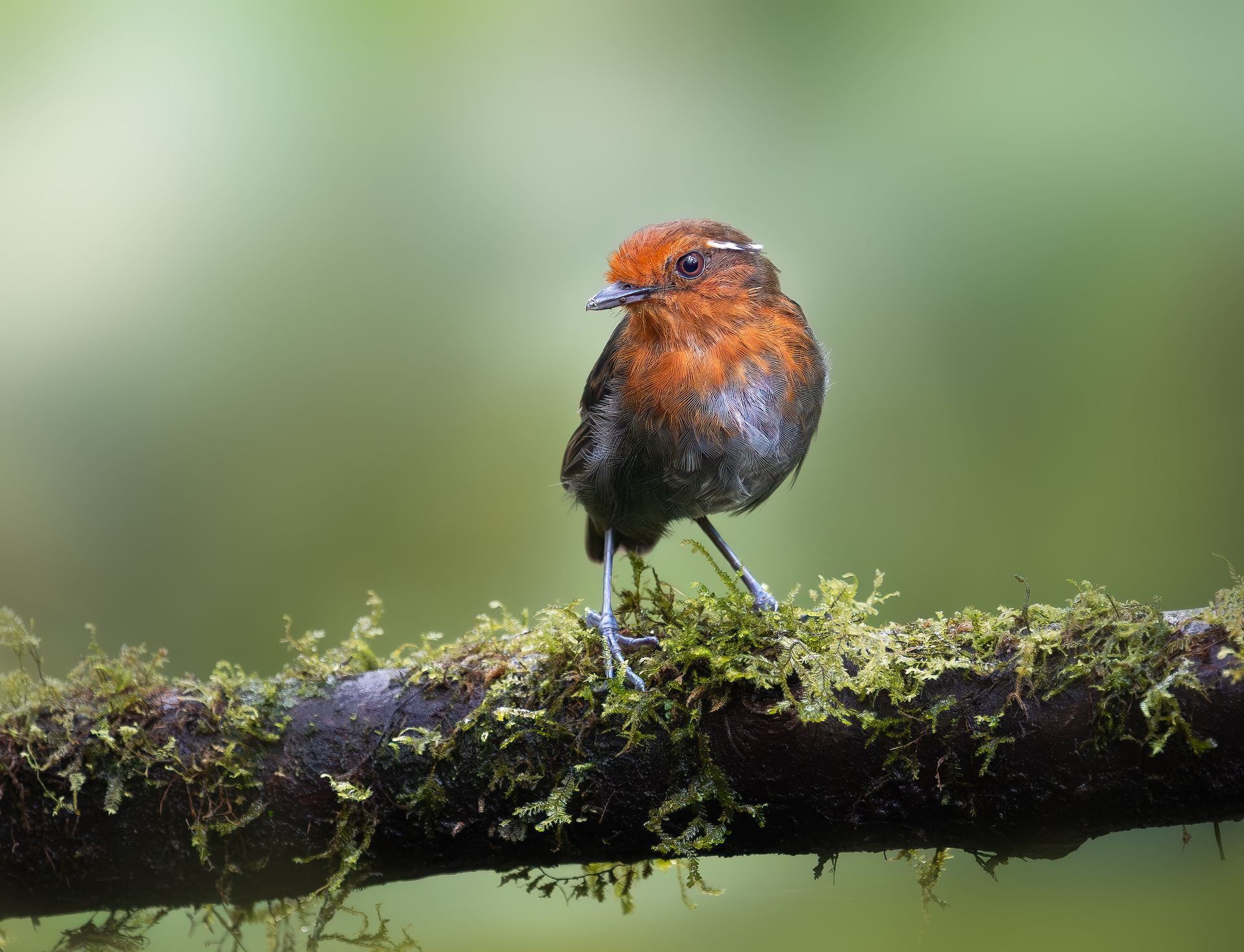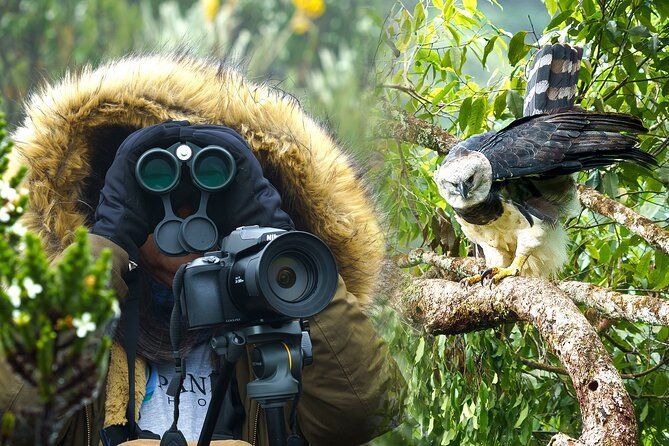The Sierra Nevada de Santa Marta: The World’s Most Endemic Birding Hotspot
The Sierra Nevada de Santa Marta: The World’s Most Endemic Birding Hotspot
High above Colombia’s Caribbean coast rises the Sierra Nevada de Santa Marta, the world’s tallest coastal mountain range and one of the most biologically unique regions on Earth. Isolated from the Andes yet towering nearly 5,700 meters above sea level, this massif harbors ecosystems ranging from tropical dry forest to snow-capped peaks. For bird photographers and ornithologists, the Sierra Nevada is legendary. It boasts the highest concentration of endemic bird species in the world, making it a true bucket-list destination.
This article explores the region’s biodiversity, iconic birds, conservation challenges, and why it has become a magnet for bird photography tours from across the globe.
Geography and Ecology of the Sierra Nevada
The Sierra Nevada is an isolated mountain range, detached from the Andes chain, rising dramatically from the Caribbean coast. This geographic separation created a unique evolutionary laboratory. Over millions of years, birds and other wildlife evolved in isolation, leading to endemism found nowhere else on Earth.
- Elevation Gradient: From sea level beaches to alpine páramo and glaciers, the Sierra covers nearly every ecological zone in a compressed area.
- Habitats: Tropical rainforest, montane cloud forest, dry forest, páramo, and high Andean scrub.
- Conservation Importance: UNESCO declared it a Biosphere Reserve and World Heritage Site due to its cultural and ecological significance.
Why the Sierra Nevada Is the World’s Most Endemic Birding Hotspot
Colombia is home to more bird species than any other country, but the Sierra Nevada stands out even within this megadiverse nation.
- Over 600 bird species recorded in the range.
- 36 endemic species found nowhere else.
- 70+ near-endemics, shared only with limited areas in Venezuela or the Andes.
- Unique evolutionary processes due to isolation from other mountain ranges.
For birders, every hike in the Sierra brings the possibility of a once-in-a-lifetime sighting.
Endemic Bird Highlights of the Sierra Nevada
Santa Marta Parakeet (Pyrrhura viridicata)
- Found in high-altitude cloud forests.
- Social, noisy, and often photographed in flocks.
- Conservation status: Endangered due to habitat loss.
Santa Marta Mountain-Tanager (Anisognathus melanogenys)
- A brilliantly colored tanager with striking contrasts of blue, green, and black.
- A must-see for photographers aiming to capture vibrant Andean passerines.
Santa Marta Bush-Tyrant (Myiotheretes pernix)
- Rare and difficult to photograph.
- Prefers high-altitude open scrub and forest edges.
Santa Marta Woodstar (Chaetocercus astreans)
- A tiny hummingbird, often hovering near flowers at mid-elevations.
- Known for its glittering purple gorget.
Santa Marta Antpitta (Grallaria bangsi)
- Elusive and cryptic, heard more often than seen.
- Ground-dwelling species that requires patience and often feeders to photograph.
Santa Marta Screech-Owl (Megascops gilesi)
- Only described in 2017, proving the region is still revealing its secrets.
- Difficult to spot but rewarding for night photographers.
Bird Photography in the Sierra Nevada
Best Locations for Bird Photography
- Minca (700–1200 m): Gateway town with easy access to lowland and mid-elevation birds.
- El Dorado Lodge (Sierra Nevada de Santa Marta ProAves Reserve): The premier base for endemic bird photography. Feeders attract tanagers, hummingbirds, and woodstars.
- San Lorenzo Ridge (2000–2800 m): High-elevation hotspot with panoramic views and access to many endemics.
Techniques for Success
- Use hides and feeders: Many lodges maintain feeding stations, ideal for close-up photography.
- Early mornings: Best light and peak bird activity.
- Small telephoto lenses: Birds often approach feeders within 3–5 meters, making 300–400mm lenses sufficient.
- Patience with skulking species: Antpittas, tapaculos, and ground-dwellers require time and quiet observation.
Challenges of Birding and Photography in the Sierra Nevada
- Accessibility: Remote mountain roads are steep, winding, and weather-dependent.
- Weather conditions: Fog and rain in cloud forests can challenge visibility and camera settings.
- Endangered species: Many endemics are under pressure from deforestation and agriculture, making sightings rare.
- Altitude: Photographers must adapt to thinner air when shooting above 2,500 meters.
Conservation and Local Communities
The Sierra Nevada is not only home to unique birds but also to Indigenous groups, including the Kogi, Arhuaco, and Wiwa peoples, who regard the mountains as sacred. Conservation projects often work hand in hand with these communities.
- El Dorado Reserve (ProAves): Protects 2,000 hectares of crucial habitat.
- Community ecotourism: Lodges and local guides provide economic alternatives to deforestation.
- Ongoing research: New bird species and subspecies are still being described.
Why the Sierra Nevada Attracts Bird Photographers Worldwide
- Endemic concentration: Nowhere else in the world offers such a density of unique birds.
- Accessibility: Unlike some remote habitats, the Sierra is reachable within a few hours from Santa Marta city.
- Diversity in short distances: Elevation gradients allow photographers to capture lowland toucans in the morning and high-altitude hummingbirds by afternoon.
- Conservation success stories: Feeders and protected reserves provide reliable opportunities for photography.
- Cultural immersion: The blend of biodiversity and Indigenous culture creates a holistic travel experience.
Tips for Planning Your Trip
- Best Time to Visit: December to March (dry season) or July to August.
- Lodging: El Dorado Lodge is the top choice for bird photographers.
- Gear to Bring: Lightweight telephoto (100–500mm), tripod, rain covers, and wide-angle lenses for landscapes.
- Guides: Hire local bird guides familiar with endemic species.
- Health and Safety: Bring layers for varying temperatures and prepare for steep hikes.
Conclusion
The Sierra Nevada de Santa Marta is more than just a mountain range; it is a living sanctuary of avian wonders, cultural heritage, and ecological importance. For bird photographers, it represents the pinnacle of biodiversity: a chance to capture species that exist nowhere else on Earth. From the shimmering Santa Marta Woodstar to the elusive Antpittas, every encounter is unique and unforgettable.
In a world where natural habitats are disappearing, the Sierra stands as a beacon of conservation and discovery. For anyone passionate about birds, photography, and adventure, this is the world’s ultimate endemic birding hotspot—a true dream destination that justifies its global reputation.



